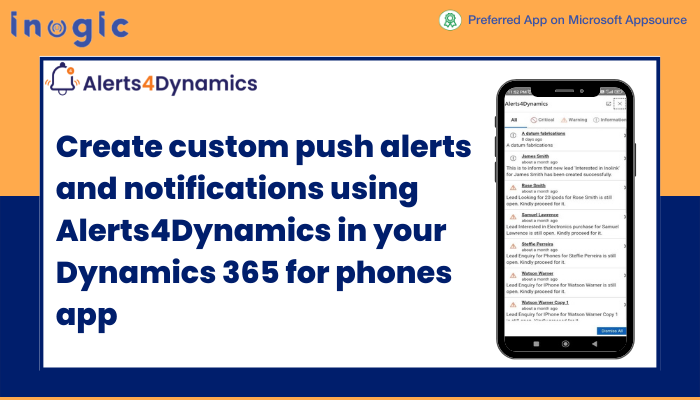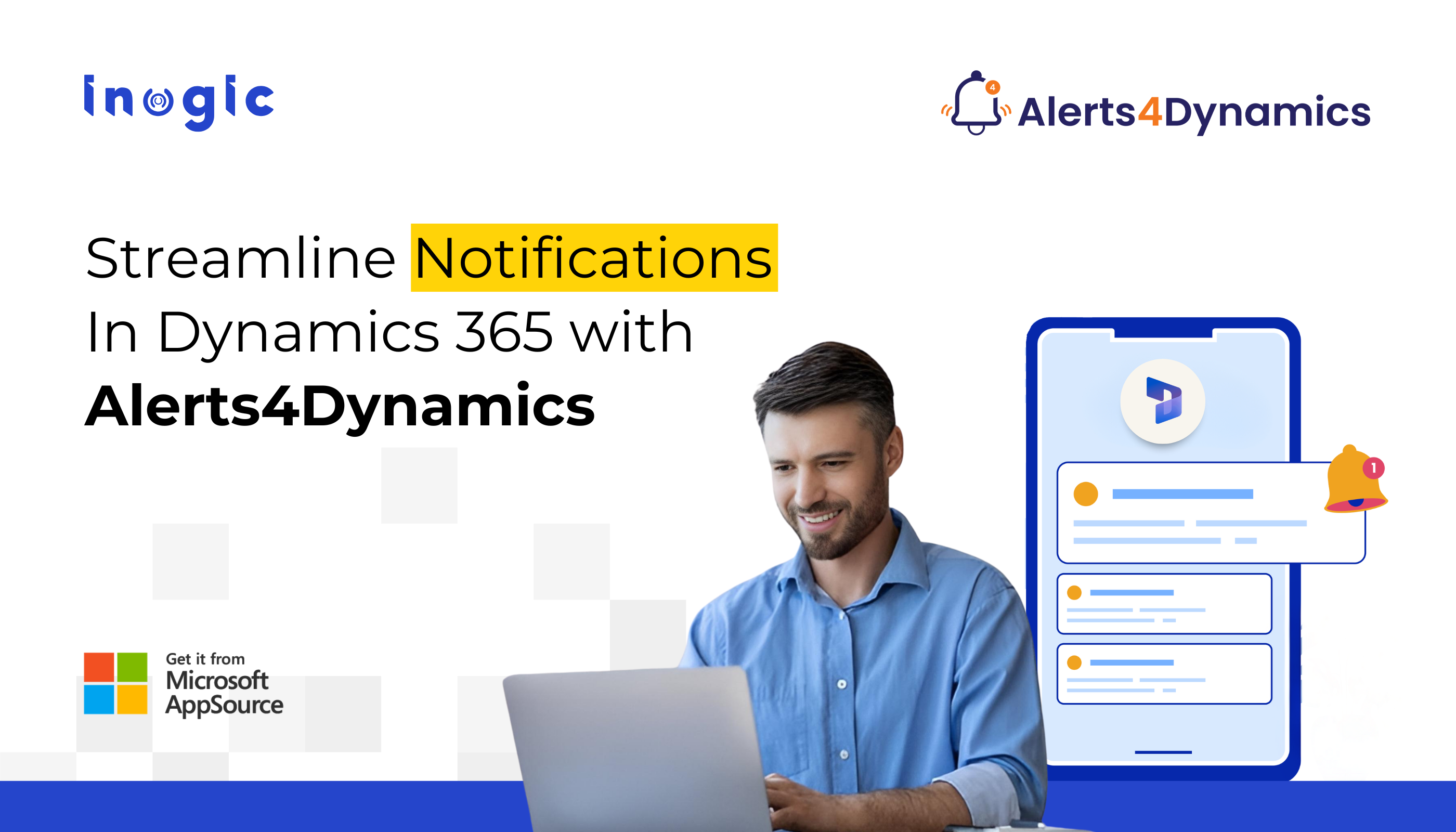
CRM Meets Push Notifications: A Powerhouse for Customer Engagement
In the ever-evolving landscape of customer relationship management (CRM), businesses are constantly seeking innovative ways to connect with their audience, foster loyalty, and drive sales. While traditional CRM systems excel at organizing customer data and streamlining internal processes, the integration of push notifications has emerged as a game-changer, adding a dynamic and personalized layer to customer engagement.
Understanding the Core Components
Before delving into the synergy of CRM and push notifications, let’s establish a clear understanding of each component:
-
Customer Relationship Management (CRM): At its core, CRM is a strategy and a technology for managing a company’s interactions with current and potential customers. A CRM system centralizes customer data, including contact information, purchase history, communication logs, and preferences. This unified view enables businesses to understand their customers better, personalize interactions, and build stronger relationships.
-
Push Notifications: Push notifications are short, timely messages that appear on a user’s mobile device or web browser, even when the user is not actively using the application or website. They can deliver a variety of information, such as breaking news, promotional offers, appointment reminders, and personalized updates.
The Power of Integration
When CRM and push notifications are seamlessly integrated, the result is a potent combination that unlocks a wealth of opportunities for businesses:
-
Hyper-Personalization:
- CRM data provides a rich source of customer insights, including demographics, purchase history, browsing behavior, and engagement patterns.
- This data can be leveraged to create highly targeted and personalized push notifications that resonate with individual customers.
- For example, a customer who frequently purchases running shoes might receive a push notification about a new line of performance footwear or a discount on their favorite brand.
-
Timely and Relevant Communication:
- Push notifications enable businesses to deliver information at the precise moment when it’s most relevant and impactful.
- Consider a customer who abandons their shopping cart. A well-timed push notification reminding them of the items left behind, perhaps with a special offer, can be the nudge they need to complete the purchase.
- Appointment reminders, shipping updates, and event notifications can also be delivered via push notifications, ensuring that customers stay informed and engaged.
-
Enhanced Customer Service:
- Push notifications can be used to provide proactive customer support and address potential issues before they escalate.
- For example, if a customer’s flight is delayed, they can receive a push notification with alternative flight options or information about compensation.
- Push notifications can also be used to solicit feedback after a purchase or service interaction, allowing businesses to identify areas for improvement and demonstrate their commitment to customer satisfaction.
-
Increased Engagement and Loyalty:
- By delivering personalized and valuable content via push notifications, businesses can keep their brand top-of-mind and foster a sense of connection with their customers.
- Exclusive offers, early access to new products, and personalized recommendations can all be delivered via push notifications, rewarding customer loyalty and encouraging repeat purchases.
- Regularly engaging with customers through push notifications can also help to build a stronger brand community and encourage word-of-mouth marketing.
-
Driving Sales and Conversions:
- Push notifications can be a powerful tool for driving sales and conversions, particularly when combined with targeted promotions and incentives.
- Time-sensitive offers, flash sales, and limited-time discounts can be effectively promoted via push notifications, creating a sense of urgency and encouraging customers to take action.
- Push notifications can also be used to promote new products or services, highlight special events, and drive traffic to a company’s website or mobile app.
Implementation Considerations
While the benefits of integrating CRM with push notifications are undeniable, it’s crucial to approach the implementation strategically:
- Choose the Right Technology: Select a CRM system and a push notification platform that are compatible and offer seamless integration. Many CRM providers offer built-in push notification capabilities, while others integrate with third-party platforms.
- Segment Your Audience: Avoid sending generic push notifications to your entire customer base. Instead, segment your audience based on demographics, purchase history, behavior, and preferences to ensure that your messages are relevant and targeted.
- Craft Compelling Messages: Your push notifications should be concise, engaging, and action-oriented. Use strong calls to action and clearly communicate the value proposition to encourage customers to click through.
- Respect Customer Preferences: Always provide customers with the option to opt-in or opt-out of push notifications. Respect their preferences and avoid bombarding them with excessive or irrelevant messages.
- Monitor and Optimize: Track the performance of your push notifications to identify what works and what doesn’t. Monitor open rates, click-through rates, and conversion rates to optimize your messaging and targeting strategies.
- Timing is Everything: Consider the time of day when sending push notifications. Sending notifications during peak usage times can increase the likelihood of engagement.
Examples in Action
- E-commerce: An online retailer sends a push notification to a customer who has abandoned their shopping cart, offering free shipping to encourage them to complete the purchase.
- Travel: An airline sends a push notification to a passenger whose flight has been delayed, providing them with alternative flight options and information about compensation.
- Healthcare: A doctor’s office sends a push notification to remind a patient about an upcoming appointment.
- Financial Services: A bank sends a push notification to alert a customer about a suspicious transaction on their account.
Challenges and Mitigation
-
Notification Fatigue: Overwhelming users with too many notifications can lead to them disabling notifications altogether.
- Mitigation: Implement smart segmentation, limit frequency, and ensure notifications are valuable.
-
Privacy Concerns: Users are increasingly sensitive about data privacy.
- Mitigation: Be transparent about data usage, obtain explicit consent, and provide easy opt-out options.
-
Technical Glitches: Integration issues can lead to notifications not being delivered or displaying incorrectly.
- Mitigation: Thorough testing is crucial. Choose reputable platforms with robust support.
The Future of CRM and Push Notifications
The integration of CRM and push notifications is poised to become even more sophisticated in the future, driven by advancements in artificial intelligence (AI) and machine learning (ML).
- AI-Powered Personalization: AI algorithms can analyze vast amounts of customer data to predict individual preferences and tailor push notifications with unprecedented accuracy.
- Predictive Analytics: ML models can identify patterns in customer behavior to predict when a customer is most likely to engage with a push notification, allowing businesses to optimize their timing and messaging.
- Contextual Awareness: Push notifications can become even more relevant by taking into account real-time contextual factors, such as location, weather, and user activity.
Conclusion
The integration of CRM with push notifications represents a powerful paradigm shift in customer engagement. By leveraging the rich data and insights available within CRM systems, businesses can deliver personalized, timely, and relevant messages that resonate with their audience, foster loyalty, and drive sales. As technology continues to evolve, the synergy between CRM and push notifications will only deepen, empowering businesses to forge stronger relationships with their customers and achieve sustainable growth.

